How to Utilize Timber Harvesting Methods Effectively and Sustainably
- August 6, 2024
- 0 comment
Forests are the guardians of our planet, providing oxygen, shelter, and a rich diversity of life. They are vital for maintaining ecological balance, supporting biodiversity, and mitigating climate change. While timber harvesting is a necessary practice for human survival and economic growth, it often raises concerns about deforestation and environmental degradation.
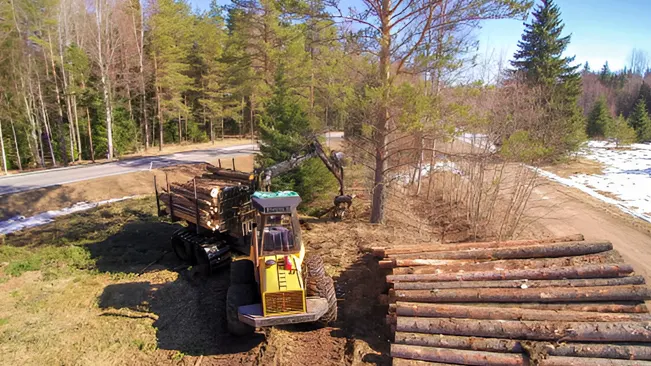
However, by employing sustainable timber harvesting methods, we can harmonize the needs of our economy with the imperative to protect our natural heritage.
Utilizing effective and sustainable forest management techniques, informed by research, case studies, and practical experiences, ensures that we safeguard these invaluable ecosystems for future generations.
What is Timber Harvesting?
Timber harvesting is the process of cutting down trees and preparing them for use as lumber, paper, and other wood products. This practice encompasses various methods, each with distinct environmental impacts and applications.
Understanding these timber harvesting methods is crucial for selecting the appropriate technique to ensure sustainability and minimize ecological harm.
Historical Perspective
Timber harvesting methods have evolved over centuries. In the past, practices like clear-cutting were prevalent, leading to severe ecological damage and loss of biodiversity. Over time, awareness of these impacts has grown, leading to the development of more refined and sustainable methods.
By learning from historical practices, we can adopt approaches that protect our forests and ensure their longevity.
Key Principles of Sustainable Timber Harvesting
Minimizing Environmental Impact
Sustainable timber harvesting methods prioritize minimizing environmental impact. This involves using methods that reduce soil erosion, protect water resources, and preserve biodiversity.
For instance, employing low-impact logging techniques can prevent soil compaction and maintain the health of the forest floor, promoting natural regeneration and ecosystem stability.
Economic Viability
Sustainable timber harvesting methods must also be economically viable, ensuring profitability for timber companies while supporting local economies. Efficient timber harvesting methods and optimized resource use can achieve economic success without compromising environmental health.
Balancing economic needs with ecological sustainability is key to long-term forest management.
Social Responsibility
Engaging local communities in timber harvesting methods is crucial for sustainability. Promoting fair labor practices and ensuring equitable access to forest resources fosters community support and enhances the effectiveness of forest management strategies.
Socially responsible practices build trust and cooperation, essential for sustainable forest stewardship.
Effective Timber Harvesting Methods
1. Selective Logging
Selective logging is a sustainable alternative to clear-cutting. It involves carefully choosing which trees to harvest based on criteria such as maturity and species health.
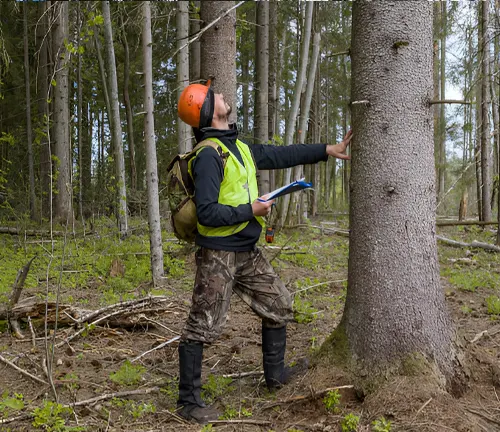
This method maintains forest structure and diversity, allowing for natural regeneration. By leaving younger and healthier trees intact, selective logging supports ongoing forest growth and biodiversity.
2. Clear-Cutting
While often criticized, clear-cutting has applications in certain contexts. It involves removing all trees in a designated area, which can be effective for specific forest management goals.
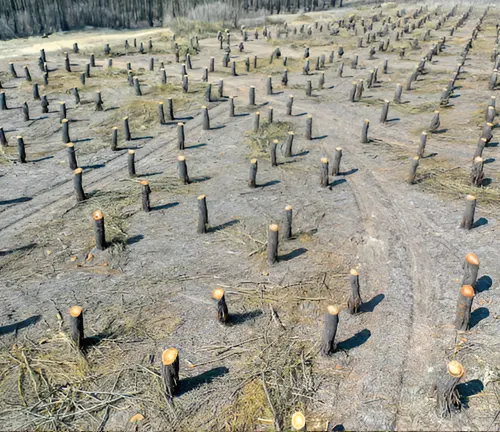
However, it is crucial to mitigate environmental impact by implementing measures such as replanting and soil stabilization. Clear-cutting should be used sparingly and with careful consideration of ecological consequences.
3. Shelterwood Cutting
Shelterwood cutting is a method that involves removing trees in phases, allowing younger trees to grow under the protection of older trees.
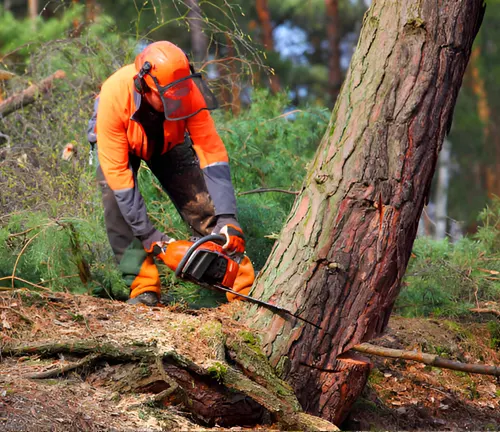
This technique promotes regeneration and maintains forest cover, reducing the risk of soil erosion and habitat loss. By gradually harvesting trees, shelterwood cutting ensures a continuous and sustainable forest cycle.
4. Coppicing
Coppicing is a traditional method that involves cutting trees down to their base, allowing new shoots to emerge from the stump.

This technique is particularly effective for certain species that can regenerate quickly. Coppicing promotes sustainable use of forest resources and maintains a diverse and resilient ecosystem.
Best Practices for Sustainable Timber Harvesting
Planning and Assessment
Conducting environmental impact assessments is a crucial first step in sustainable timber harvesting methods.
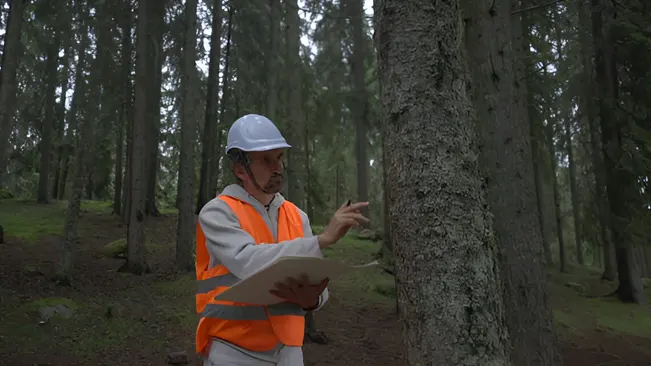
These assessments help identify potential environmental effects of proposed activities and guide decision-making to mitigate negative impacts. Developing a comprehensive forest management plan involves setting clear objectives, outlining management practices, and establishing monitoring protocols.
This plan should be adaptive, allowing for modifications based on monitoring results and changing conditions, ensuring both short-term and long-term sustainability goals align with broader conservation objectives.
Using Advanced Technology
Advanced technology plays a significant role in sustainable timber harvesting methods such as drones and remote sensing tools that can monitor and map forests, providing valuable data for planning and assessment.
Geographic Information Systems (GIS) allow for precise mapping and analysis of forest resources, aiding in the development of effective management strategies. Precision forestry tools optimize harvesting processes, reducing waste and environmental impact.
Implementing Reduced Impact Logging (RIL)
Reduced Impact Logging (RIL) involves techniques that minimize damage to the forest ecosystem during harvesting operations.
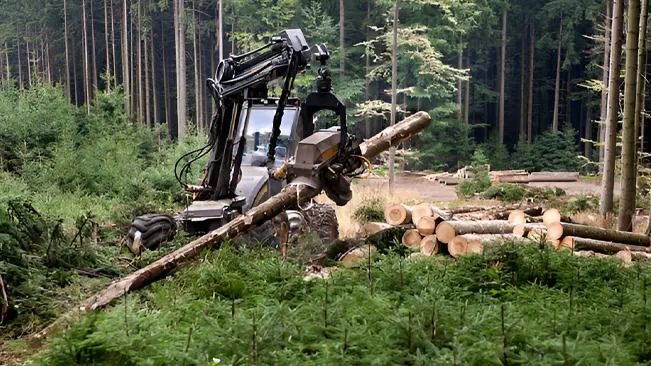
These techniques include careful planning of logging routes, using specialized equipment to minimize soil disturbance, and implementing measures to protect non-target trees and vegetation. The benefits of RIL include reduced soil erosion, enhanced forest regeneration, and preservation of biodiversity.
Additionally, RIL practices contribute to the overall health and sustainability of forest ecosystems, ensuring long-term productivity.
Post-Harvest Management
Effective post-harvest management is essential for sustainable timber harvesting methods and involves implementing soil restoration techniques. Practices such as replanting and mulching are crucial for maintaining soil health and preventing erosion.
Reforestation and afforestation strategies ensure that harvested areas are replanted with native species, promoting ecosystem recovery. Continuous monitoring and adapting management practices based on post-harvest conditions allow for ongoing improvement and ensure long-term sustainability.
Case Studies of Sustainable Timber Harvesting
Scandinavian Model
Scandinavian countries such as Sweden and Finland are renowned for their sustainable forest management practices. These countries have implemented comprehensive forest management plans that balance timber production with biodiversity conservation, including key practices like selective logging, extensive monitoring, and strong legal frameworks to ensure sustainable use.
The success of the Scandinavian model demonstrates the feasibility of achieving economic and environmental goals through sustainable timber harvesting methods.
Tropical Forest Management
Sustainable timber harvesting methods in tropical forests, such as the Amazon and Congo Basin, present unique challenges and opportunities. Community-based management approaches have proven effective in these regions, protecting biodiversity and supporting local livelihoods.
The use of traditional knowledge and modern techniques has led to successful conservation and sustainable use of tropical forest resources.
Challenges and Solutions in Sustainable Timber Harvesting
Economic Challenges
Balancing economic benefits with environmental protection is a primary challenge in sustainable timber harvesting methods. Strategies to address this challenge include promoting sustainable forestry certification, developing markets for non-timber forest products, and supporting ecotourism initiatives.
These approaches can enhance economic viability while ensuring ecological sustainability.
Environmental Challenges
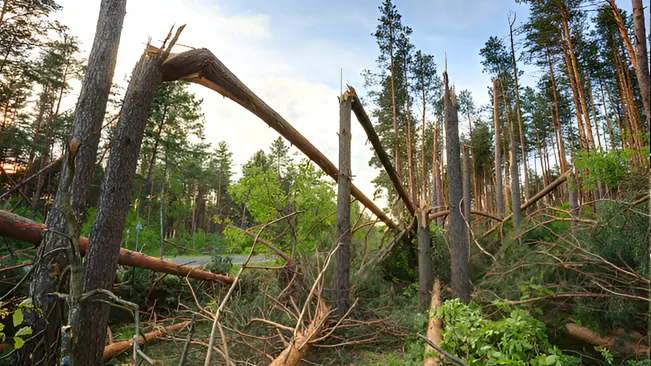
Climate change poses significant challenges to sustainable timber harvesting methods. Strategies to enhance forest resilience include promoting species diversity, protecting old-growth forests, and implementing adaptive management practices.
Protecting endangered species and their habitats is also crucial for maintaining biodiversity.
Social Challenges
Ensuring community participation in timber harvesting methods is essential for sustainability. Addressing conflicts over land use and promoting equitable access to forest resources can foster community support and cooperation.
Educational programs and awareness campaigns can build community capacity and promote sustainable forest stewardship.
Conclusion
Sustainable timber harvesting is a complex but essential endeavor that requires a multifaceted approach. By implementing comprehensive planning, conservation measures, sustainable harvesting practices, soil and water conservation, reforestation, and adaptive management, we can ensure the long-term health and sustainability of our forests.
Case studies from around the world highlight the effectiveness of these practices and provide valuable lessons for future efforts. Despite the challenges, community engagement and education are key to achieving sustainable outcomes.
Ultimately, sustainable timber harvesting is not just about preserving trees but about safeguarding the myriad benefits forests provide for people and the planet. Let us commit to these practices, ensuring that our forests remain vibrant and resilient for generations to come.
Frequently Asked Questions (FAQs)
- What is sustainable timber harvesting?
Sustainable timber harvesting involves methods that balance the need for wood products with the preservation of forest ecosystems. - Why is selective logging considered sustainable?
Selective logging targets specific trees for removal, maintaining forest structure and promoting natural regeneration. - What are the benefits of using Reduced Impact Logging (RIL)?
RIL techniques minimize damage to the forest ecosystem, reducing soil erosion and preserving biodiversity. - How does technology help in sustainable timber harvesting?
Technologies like drones and GIS provide precise data for planning and monitoring, ensuring more efficient and less damaging harvesting processes. - What is the difference between reforestation and afforestation?
Reforestation involves replanting trees in deforested areas, while afforestation refers to planting trees in areas that were not previously forested. - How does shelterwood cutting promote forest regeneration?
Shelterwood cutting removes trees in phases, allowing young trees to grow under the protection of older trees, and promoting natural regeneration. - Why is community involvement important in timber harvesting?
Involving local communities ensures that their knowledge and needs are integrated into management practices, promoting sustainable use and conservation. - What are the economic benefits of sustainable timber harvesting?
Sustainable practices ensure long-term profitability for timber companies and support local economies by maintaining healthy forests. - How can soil erosion be prevented during timber harvesting?
Techniques like contour plowing, maintaining vegetation cover, and using low-impact logging equipment help prevent soil erosion. - What role do old-growth forests play in sustainable timber harvesting?
Old-growth forests are crucial for biodiversity and carbon storage; protecting them ensures long-term ecological balance and sustainability.

Jordan Blake
Forestry AuthorJordan Blake is a forestry expert with over 15 years of experience in arboriculture and community education. Passionate about sustainable forest management, Jordan regularly writes for Forestry.com and Tree Care Magazine. Holding certifications in tree health assessments and urban forestry management, Jordan conducts workshops to educate the public on sustainable practices. Jordan has a degree in Environmental Science and enjoys hiking and photography in their free time.


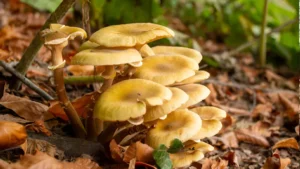

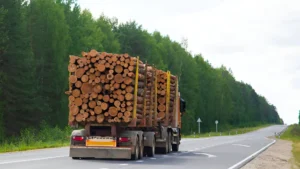

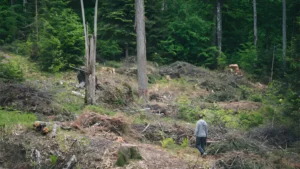
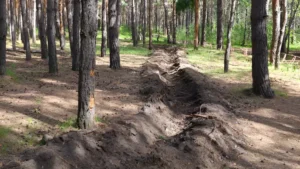



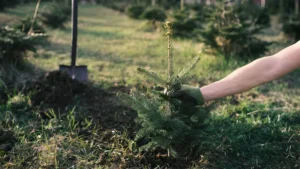

Leave your comment